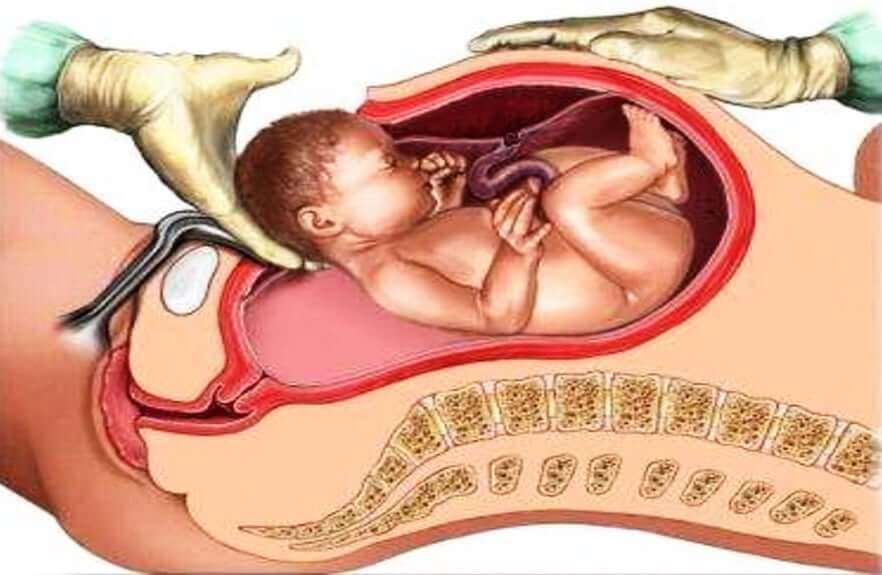Caesarean Birth in Izmir
with Op. Dr. Hasan Ulaş Başyurt
Caesarean birth, also known as a C-section, is a surgical procedure in which a baby is delivered through an incision made in the mother’s abdomen and uterus. While vaginal birth is the most common and natural way of delivering a baby, caesarean birth is an essential and sometimes life-saving option in maternal care. Understanding the reasons, procedure, and recovery associated with C-sections can help expectant mothers and their families feel informed and prepared for this alternative birthing method.
Reasons for Caesarean Birth:
Caesarean births are generally planned or performed as an emergency measure when certain situations pose risks to the mother or the baby during the process of vaginal delivery. Some common reasons for caesarean birth include:
- Fetal Distress
- Placenta Previa
- Malposition of the Baby
- Multiple Pregnancies
- Previous C-section
- Maternal Health Concerns

The Caesarean Birth Procedure
The steps of the C-section procedure include:- Anesthesia: The anesthesia is administered to numb the lower half of the body, ensuring the mother is pain-free during the surgery.
- Incision: A horizontal incision is made just above the pubic bone (low transverse incision) or a vertical incision is made from the navel to the pubic bone (classical incision) to access the uterus.
- Uterine Incision: A second incision is made in the uterus to reach the baby.
- Delivery: The baby is carefully lifted out of the uterus, and the umbilical cord is clamped and cut.
- Placenta Removal: The placenta is then detached from the uterus and removed.
- Closing Incisions: The uterine incision is stitched closed, followed by the abdominal incision. Dissolvable sutures or staples may be used for closure.

Recovery and Aftercare:
Recovery after a caesarean birth typically involves a hospital stay of a few days to monitor the mother and baby’s well-being. Pain management, wound care, and support with breastfeeding are provided during the hospital stay. As with any surgery, there will be some discomfort and post-operative healing.
Women are advised to avoid strenuous activities and heavy lifting during the initial weeks of recovery. The incision site should be kept clean and dry to prevent infection. Regular follow-up visits with healthcare providers are essential to monitor healing progress and address any concerns.